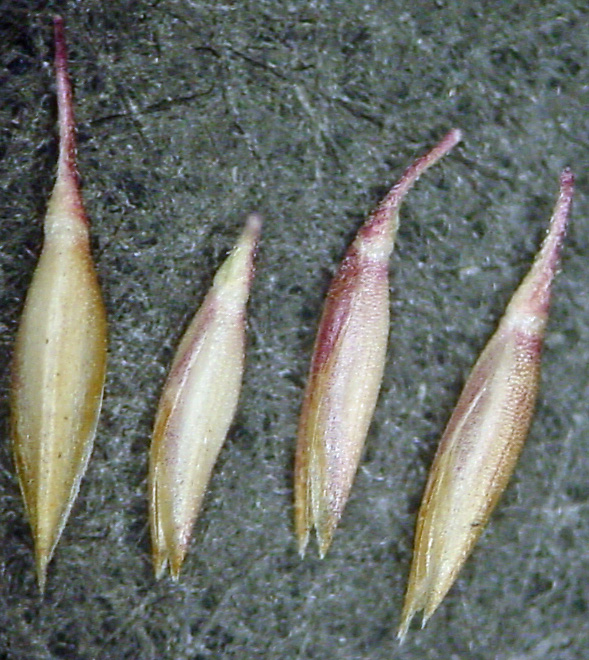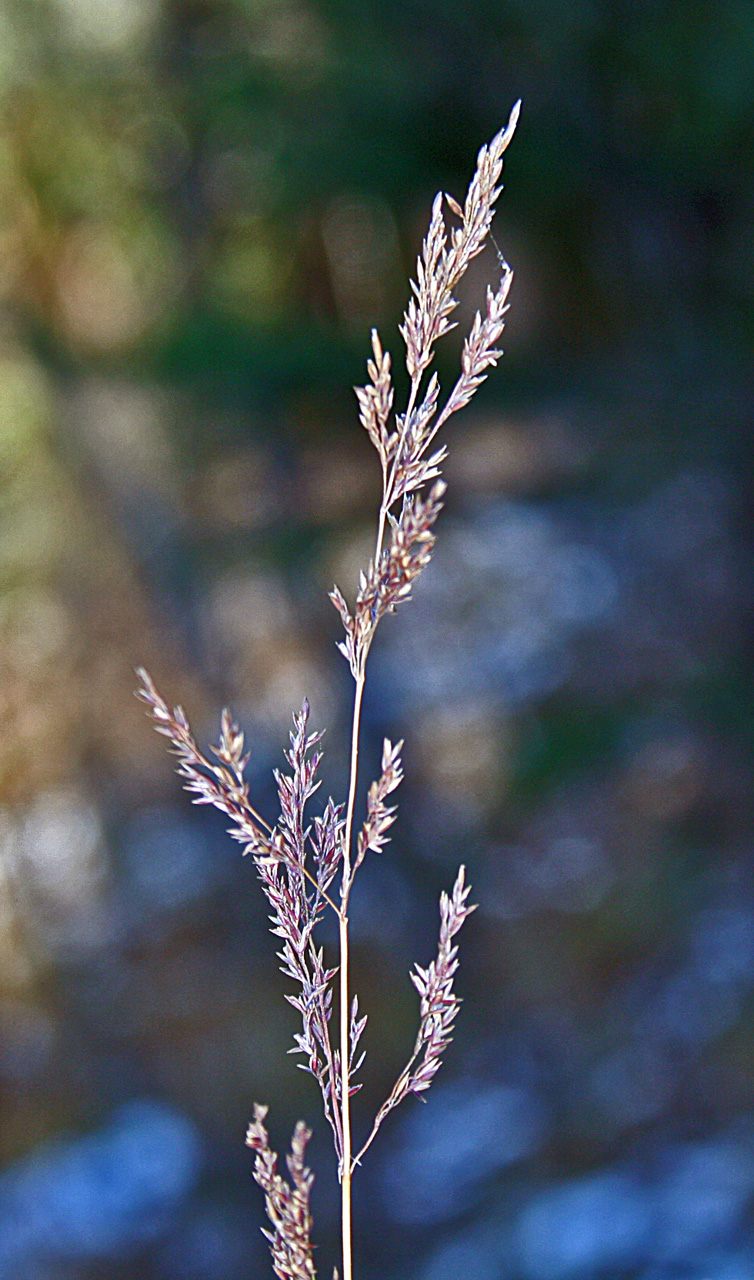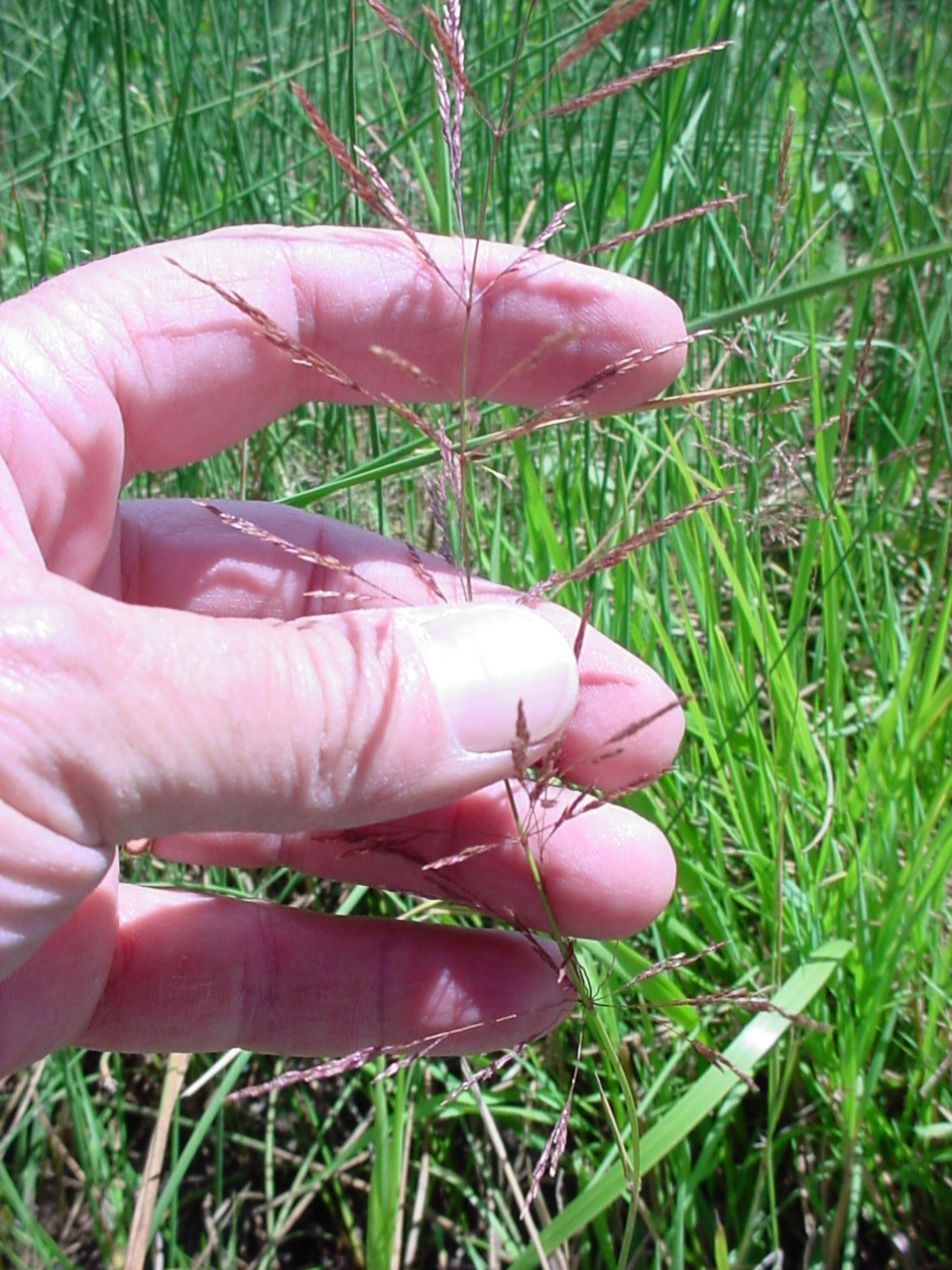Selected Plants of Navajo Rangelands
Redtop

Redtop is a rhizomatous perennial grass that makes a coarse but fairly dense turf. Leaves are narrow and sharp and about 3/8 inch wide. The stems are slender, growing to 30 or 40 inches tall. The inflorescence is pyramidal and reddish in color—hence the name.
The leaf is harsh to the touch with a prominent ligule. The seedhead is a purplish-red, loose panicle, pyramid-shaped, 4 to 12 inches long. It occurs mostly in mountain meadows and subalpine grasslands where openings in the tree canopy occur, as well as in wet meadows in the western plateau and central plains. Redtop grows at elevations of 5,000 to 10,000 feet, but is most common at 7,500 feet.
Redtop was introduced from Europe as a cultivated species. It is palatable to cattle and horses, and sheep will graze it if necessary. When moisture is adequate, the plants remain green all summer and can be grazed throughout the season. Redtop grows vigorously and forms good sod. Because of this, on its preferred sites, the plant withstands heavy use and serves well as a soil binder for reclaiming gullies and holding slopes and banks. It is well adapted to wet, acid soils.



©2018 NMSU Board of Regents.
Individual photographers retain all rights to their images.
Partially funded by the
Western Sustainable
Agriculture Research and Education Program
(westernsare.org; 435.797.2257),
project EW15-023.
Programs and projects supported by Western SARE are
equally open to all people.